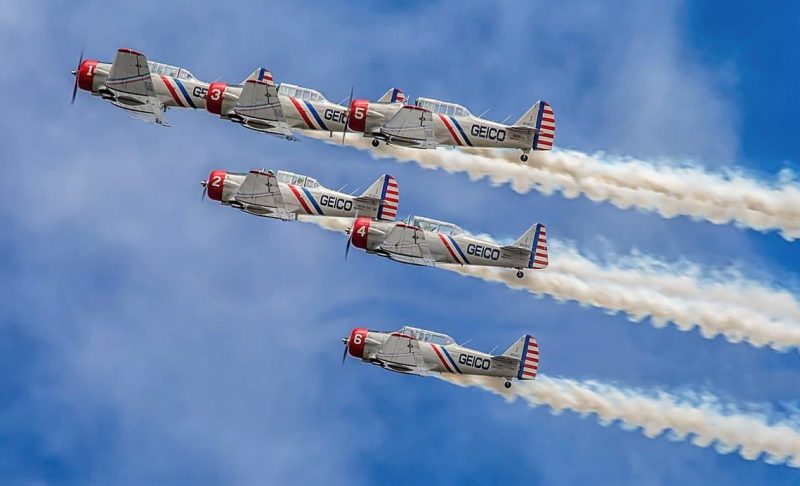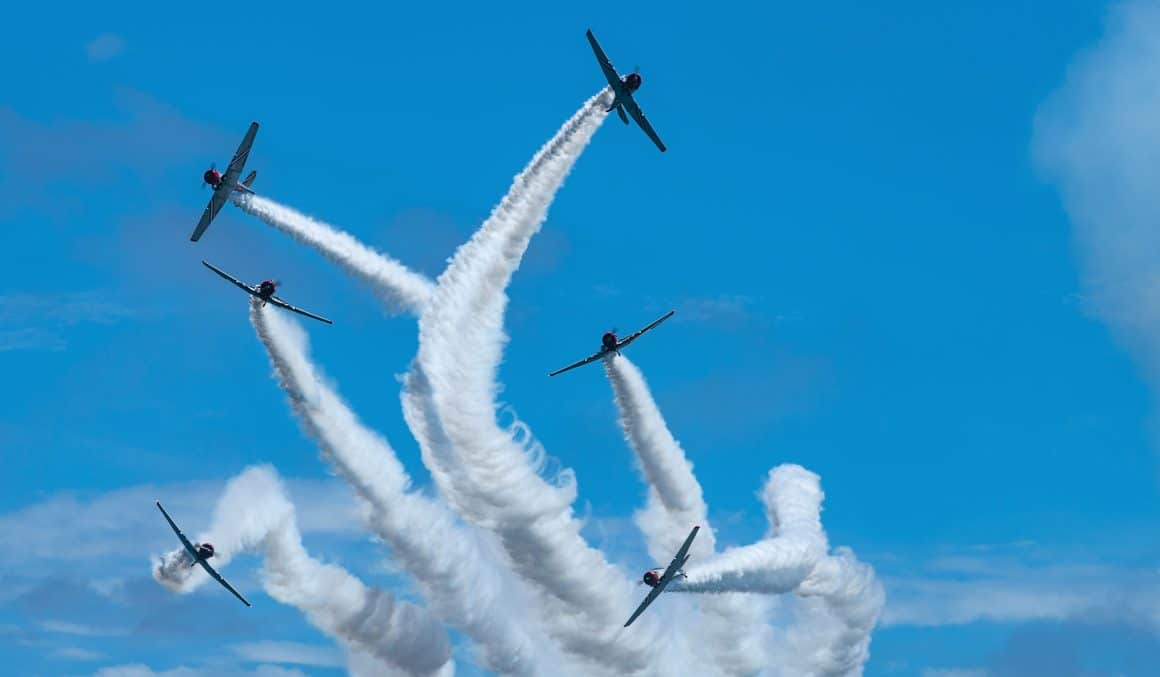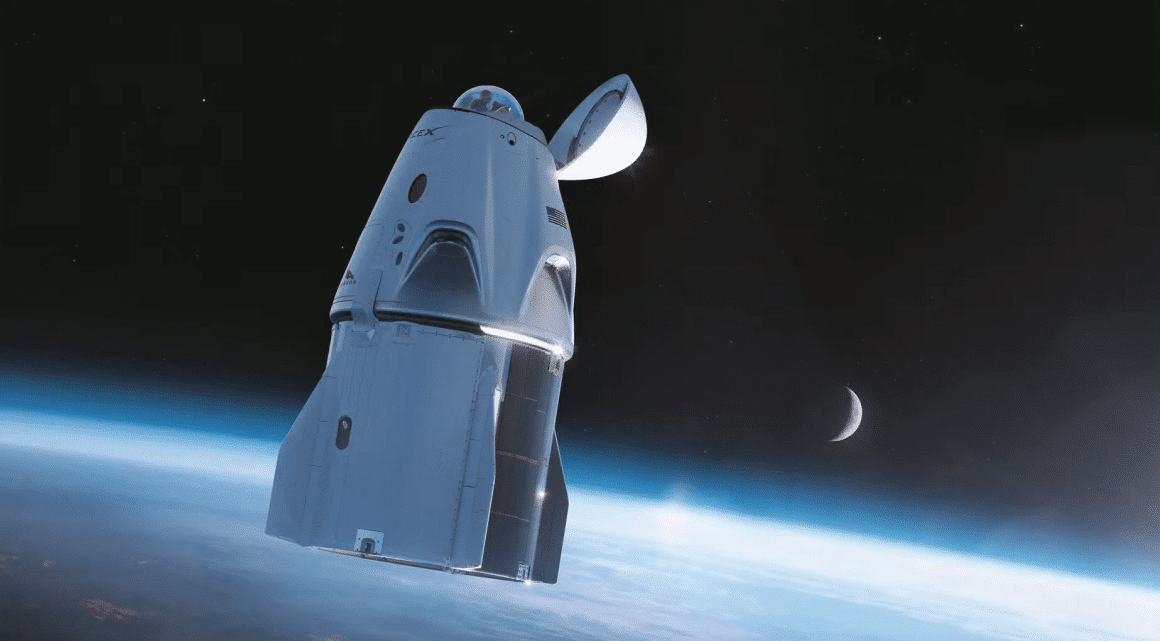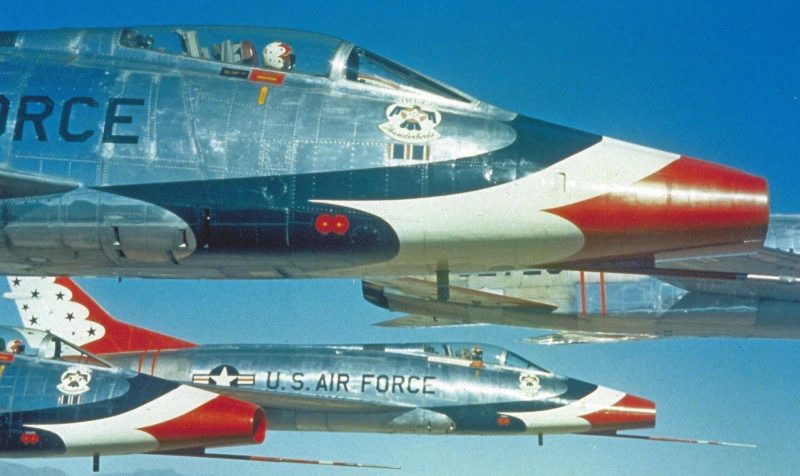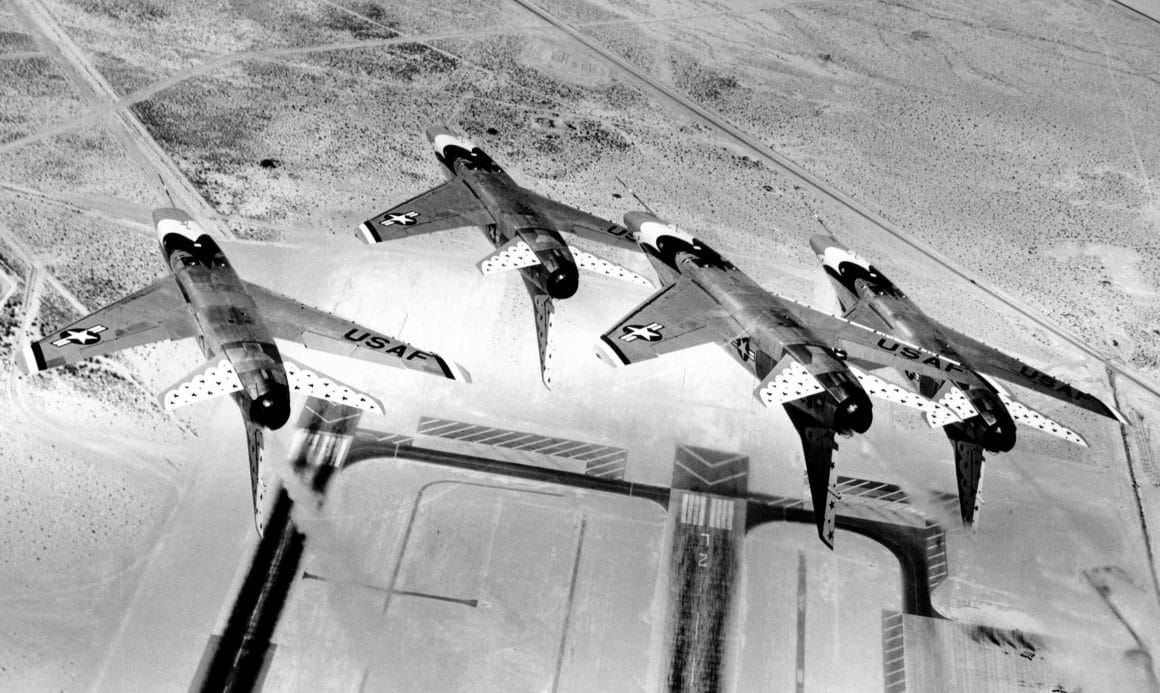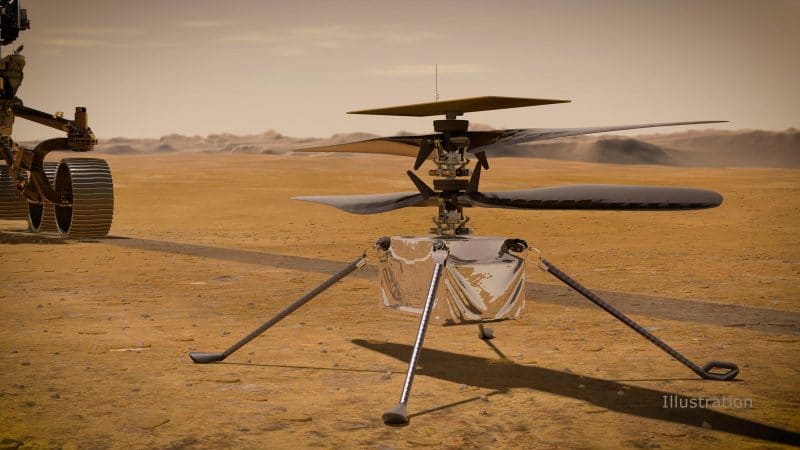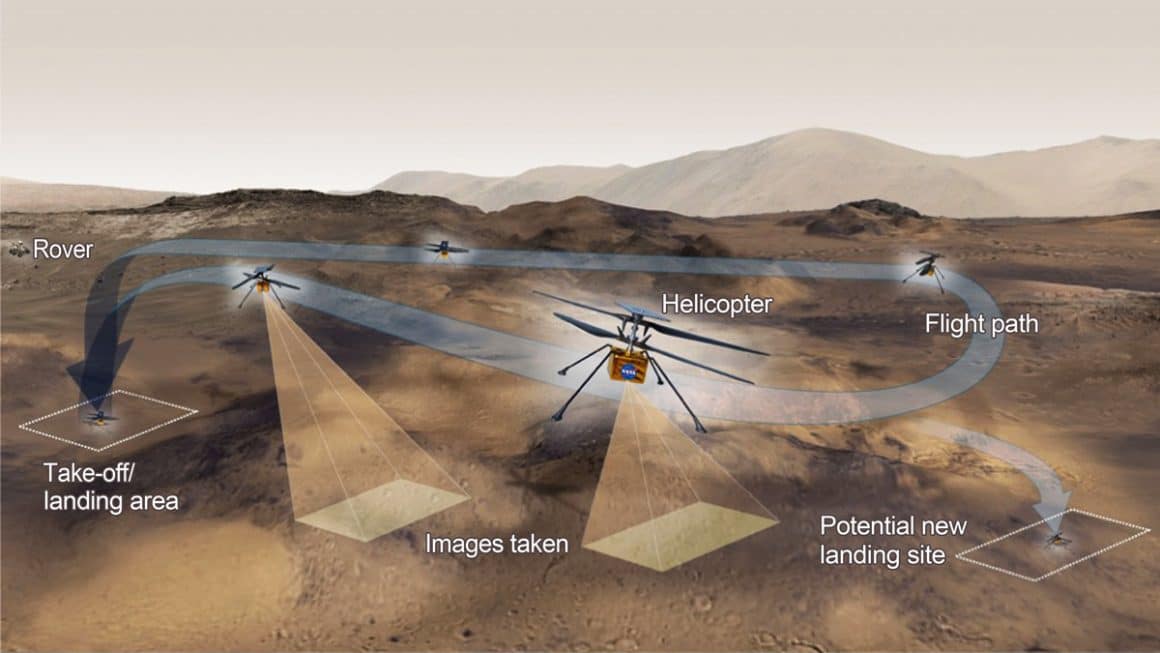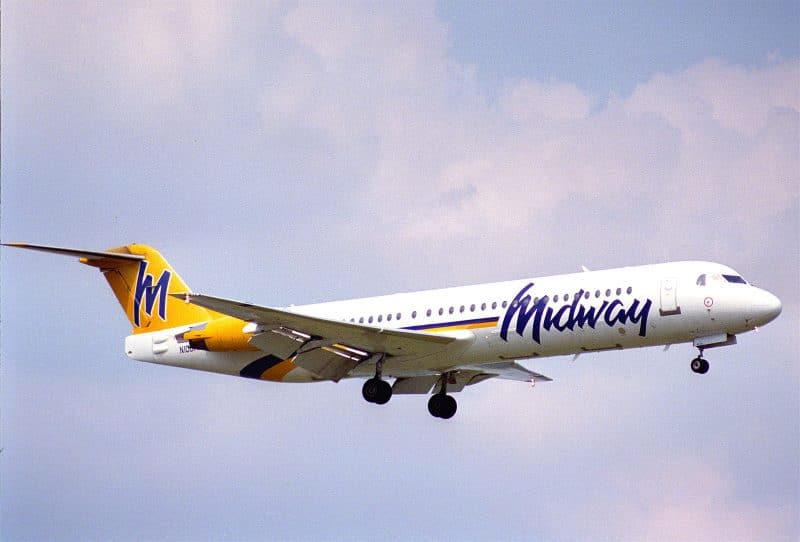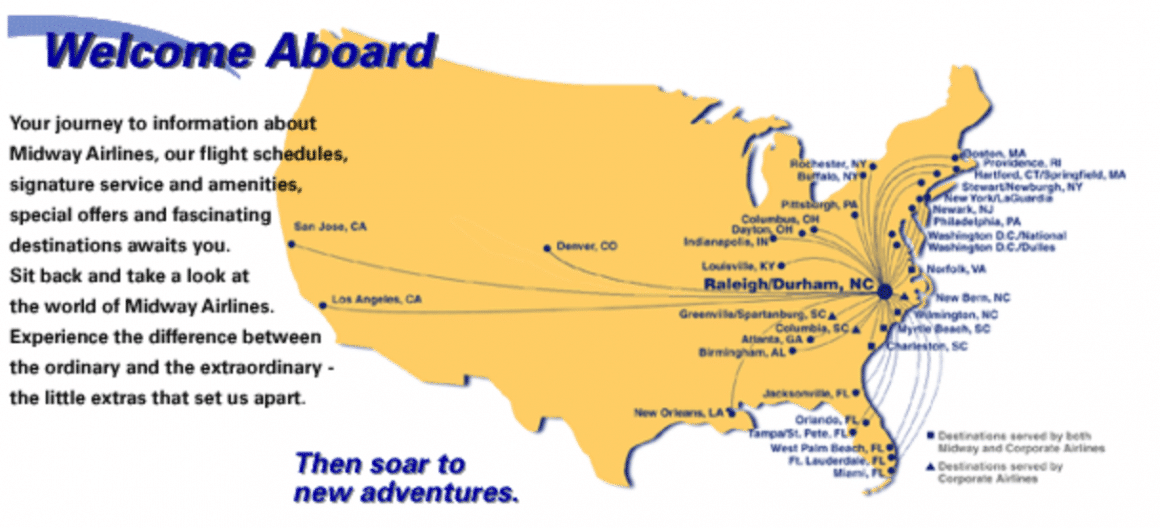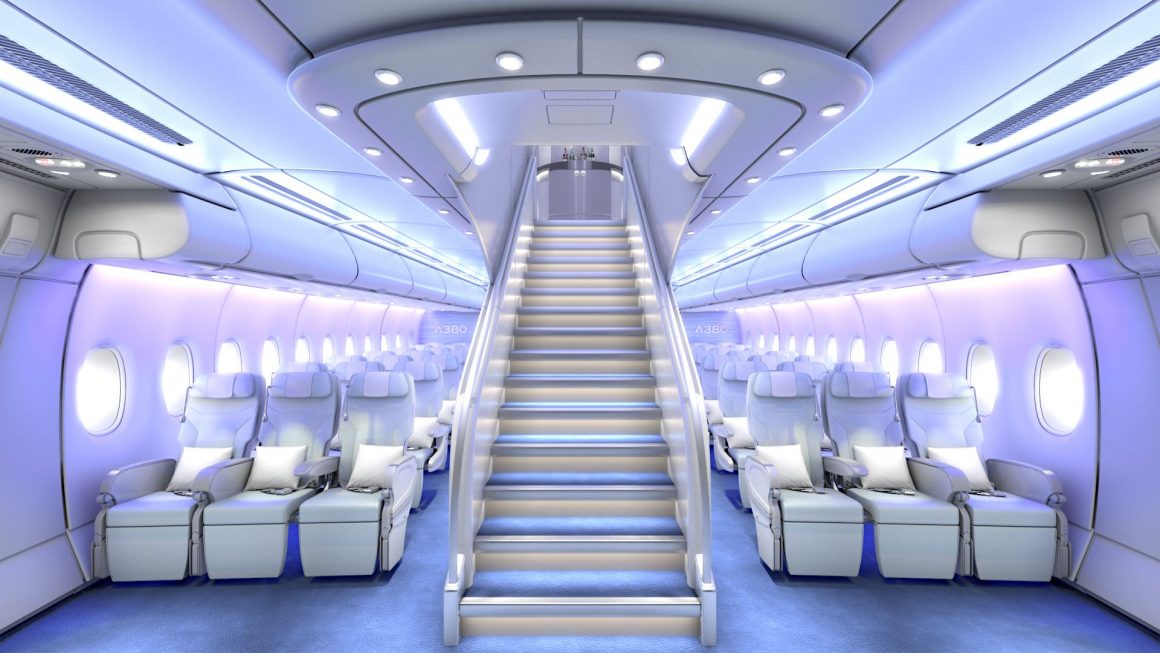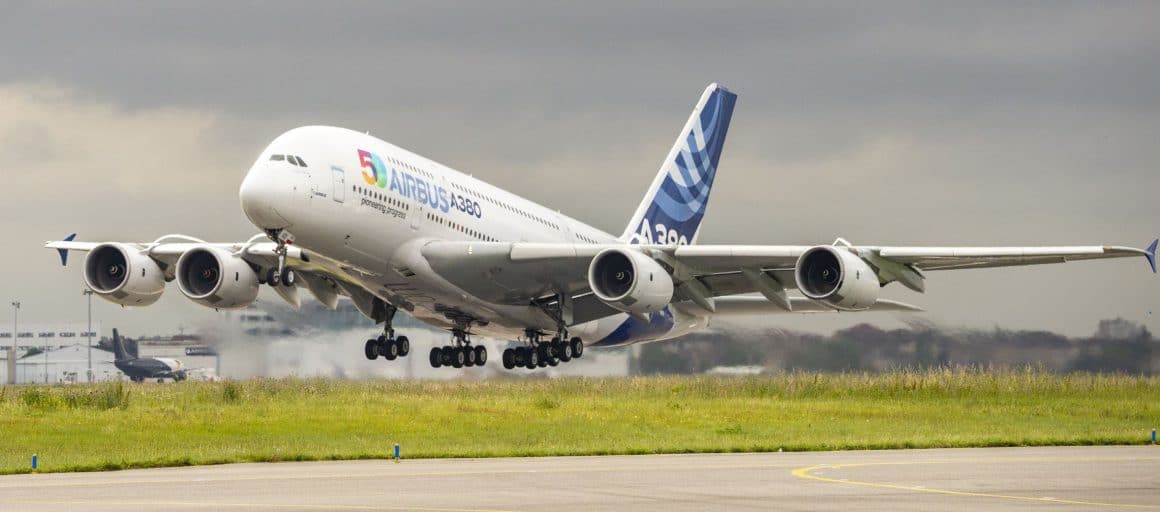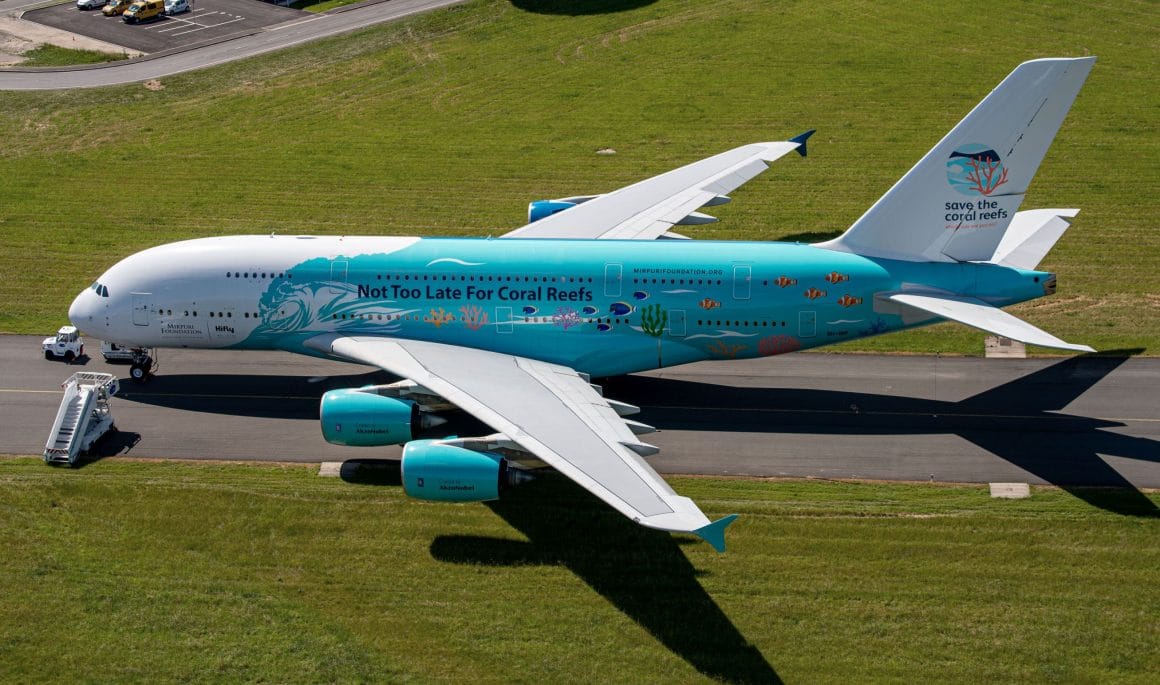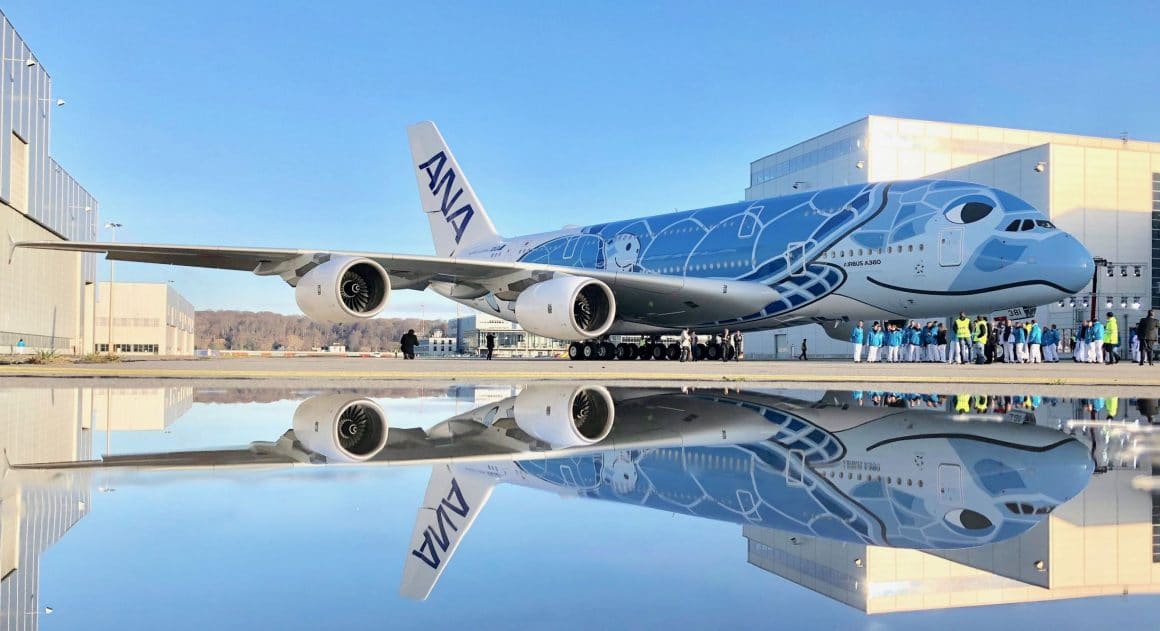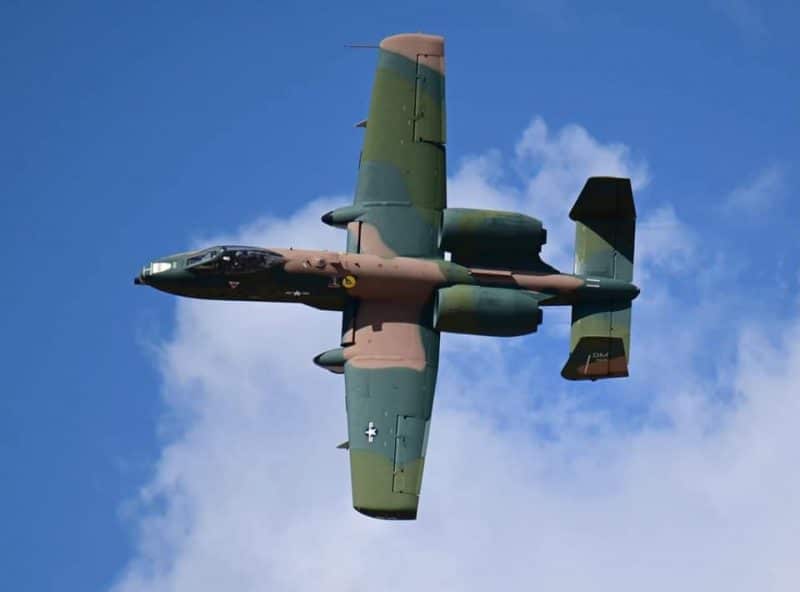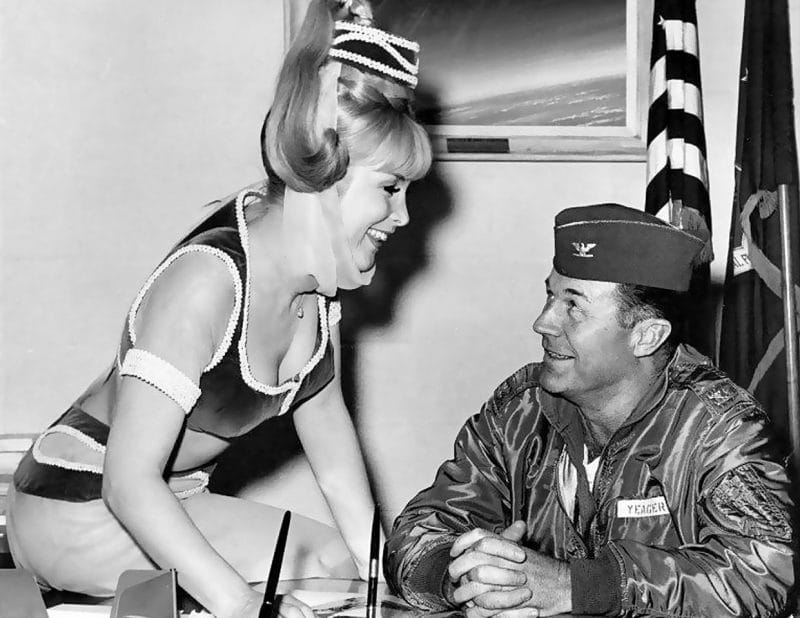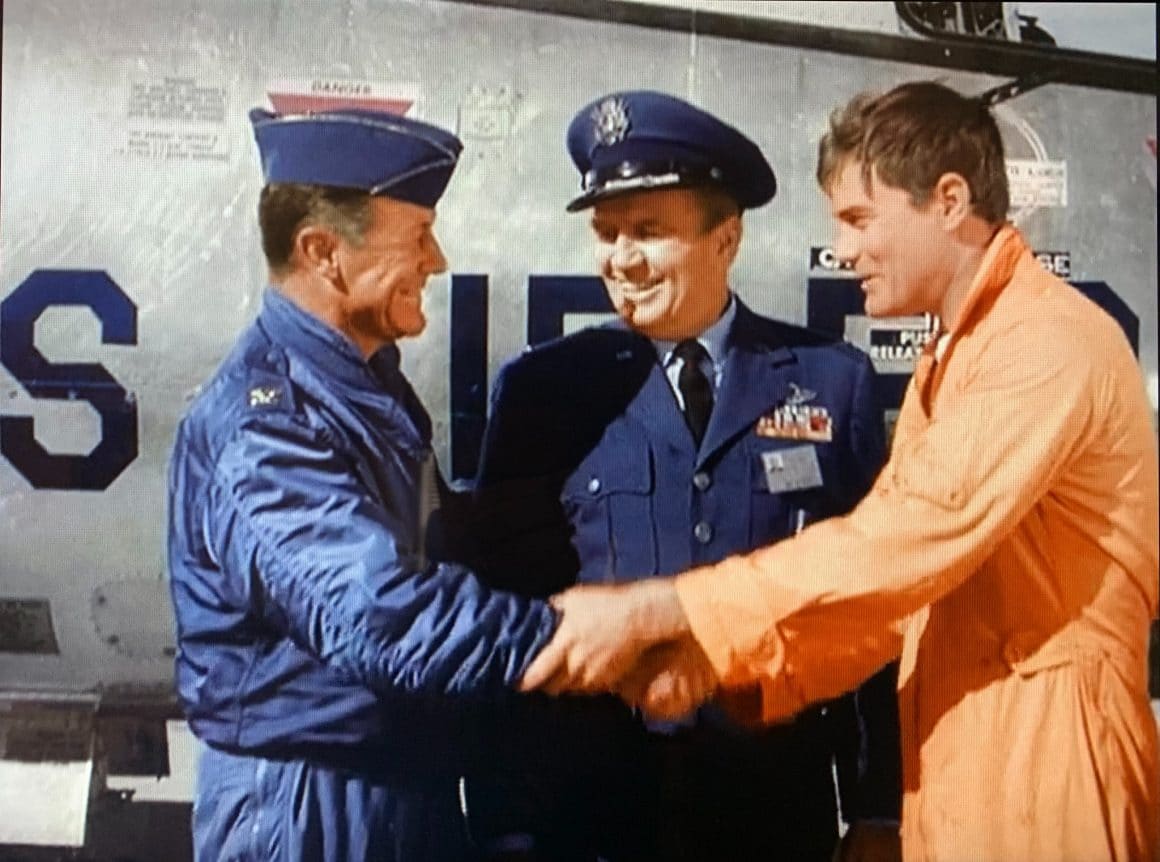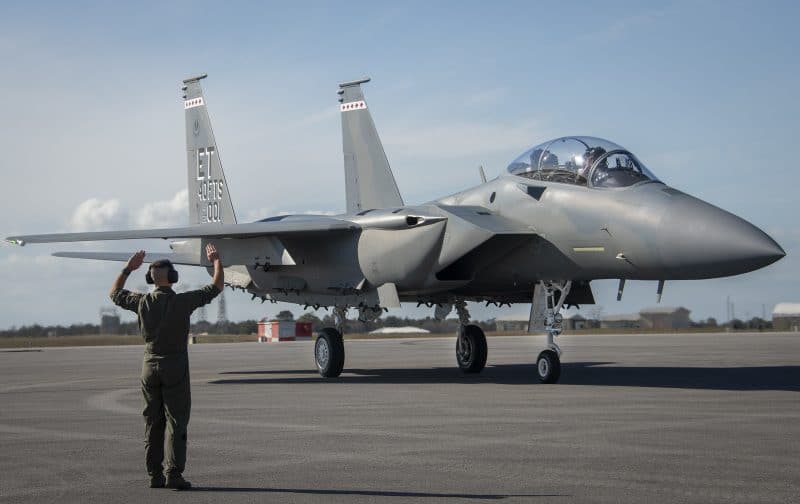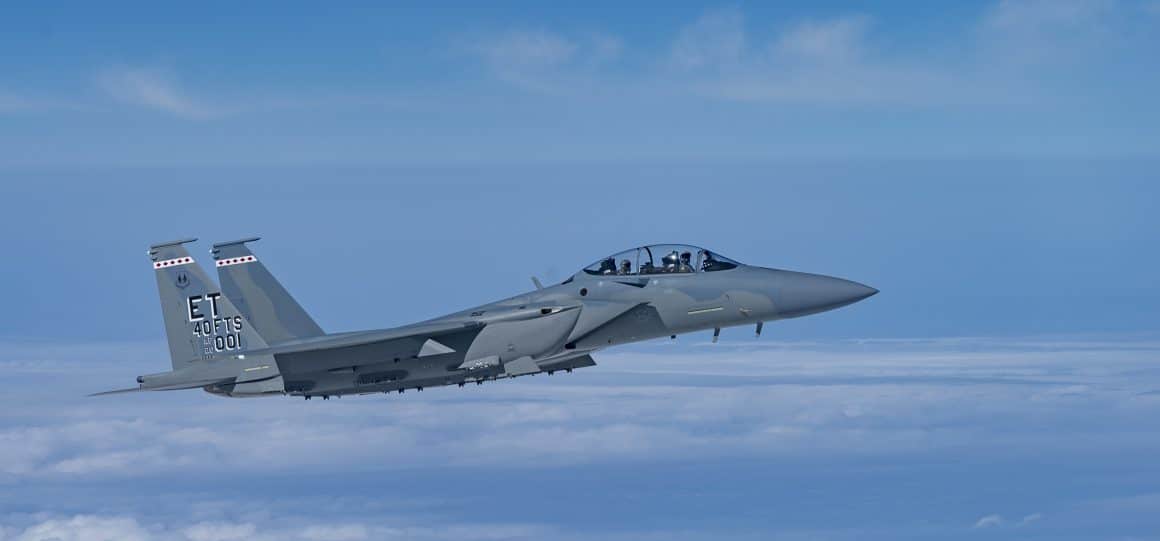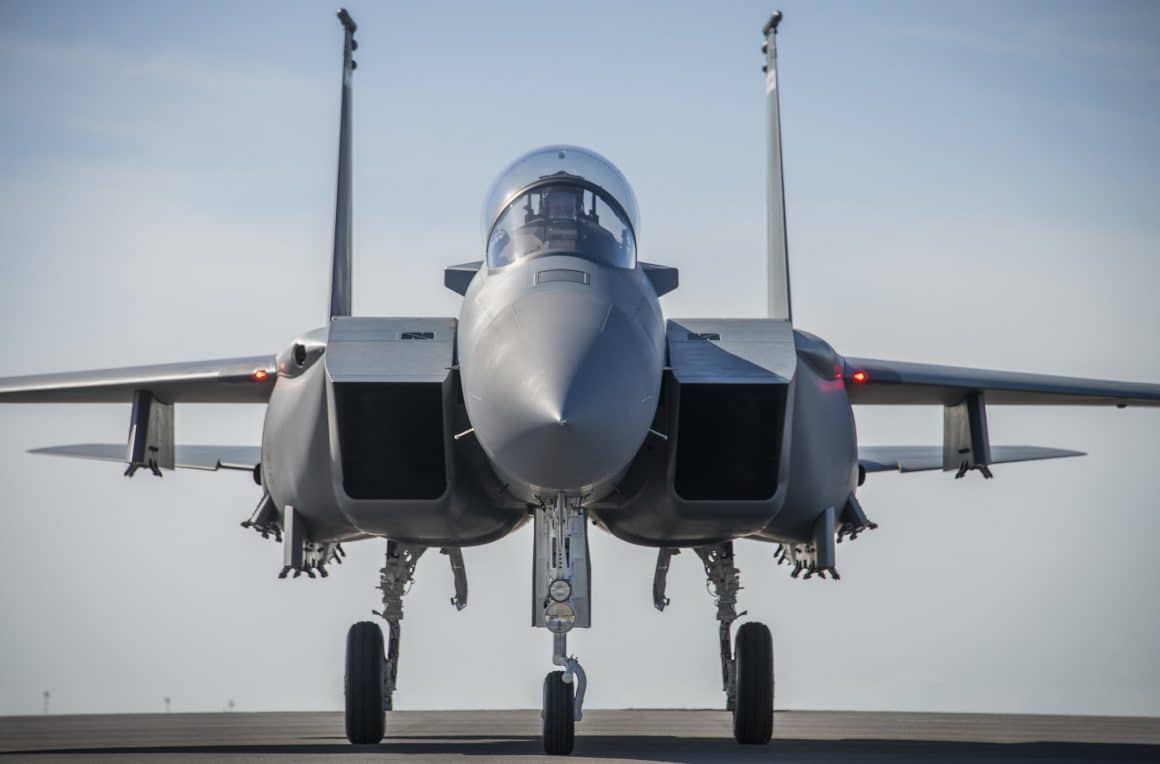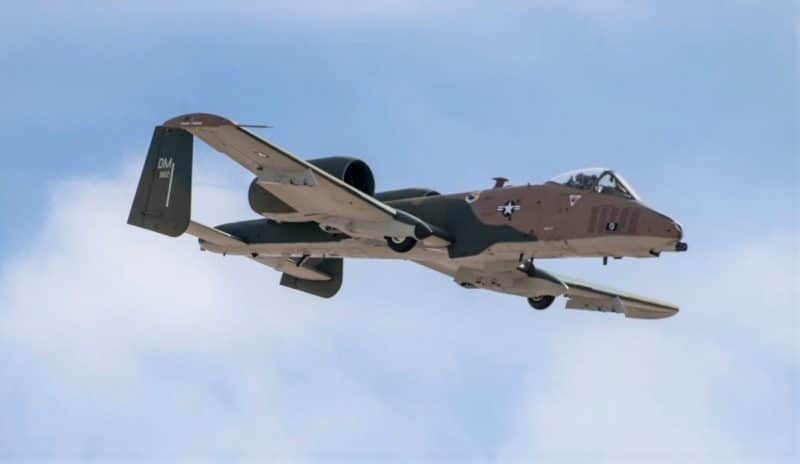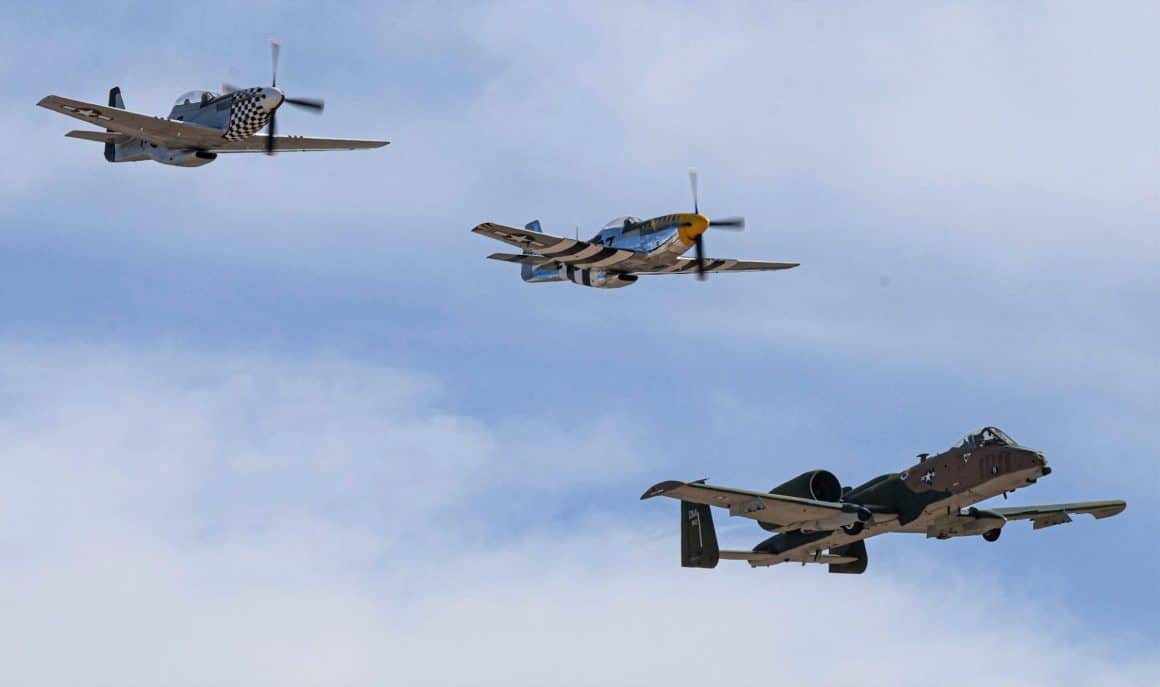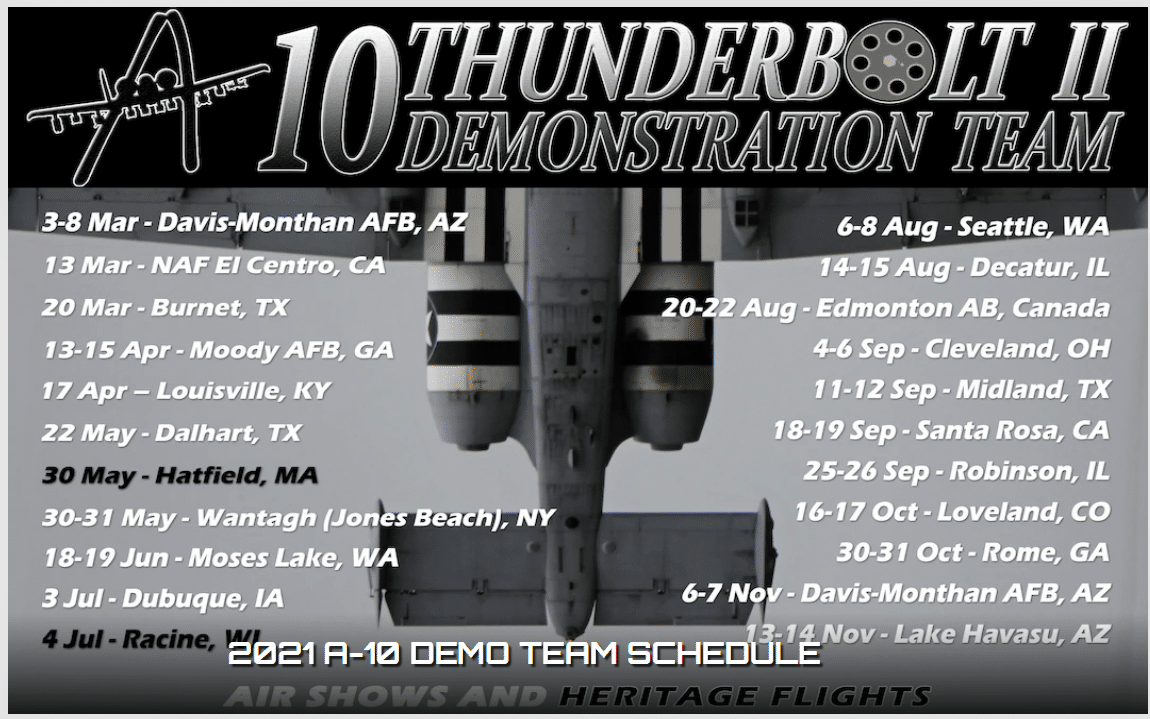TAMPA, Fla. — Six warbirds of the GEICO Skytypers Airshow Team return to the skies in April to perform aerobatic precision flying as they kick-off their 15th anniversary season.
The GEICO Skytypers’ 2021 season launches from America’s Space Coast on April 17 and 18. The squadron’s current schedule lists visits to 12 air shows.
Last year, the GEICO Skytypers season was shortened due to the outbreak of Covid. This year, the pilots and aircraft maintainers have a renewed interest in performing in front of the show crowds.
Carrying the Torch of the Greatest Generation
The Skytypers demonstrate the flying styles and maneuvers flown by the Greatest Generation 80 years ago. It is living history as they tell the story of the pilots who controlled the skies during World War II and Korea.
“We consider it an honor to demonstrate the amazing abilities of these vintage warbirds on behalf of our sponsor, GEICO, while sharing a bit of aviation history,” Squadron flight leader Larry Arken said. “Despite being nearly 80 years old, the SNJ-2 is a testament to the engineering genius of the Greatest Generation. These aircraft are a dream to fly.”

The pilots of the well trained squadron include Larry Arken in Skytyper one aircraft. Chris Thomas, Mark Gannucci, and Chris Orr round out the diamond formation pilots. Steven Salmirs and Tom Daly are the aggressive solo pilots who challenge the diamond during aerial maneuvers.
The GEICO Skytypers pilot the SNJ-2 aircraft known in the Army Air Corps as the T-6 Texan. These silver doves perform an 18-minute demonstration highlighting wartime maneuvers.
Their demonstration tell the story of an age before the jet engine, and how a this prop plane made a difference during the second world war. A flight trainer in the early-1940’s, the SNJ was known among the army’s aviators as the pilot maker.
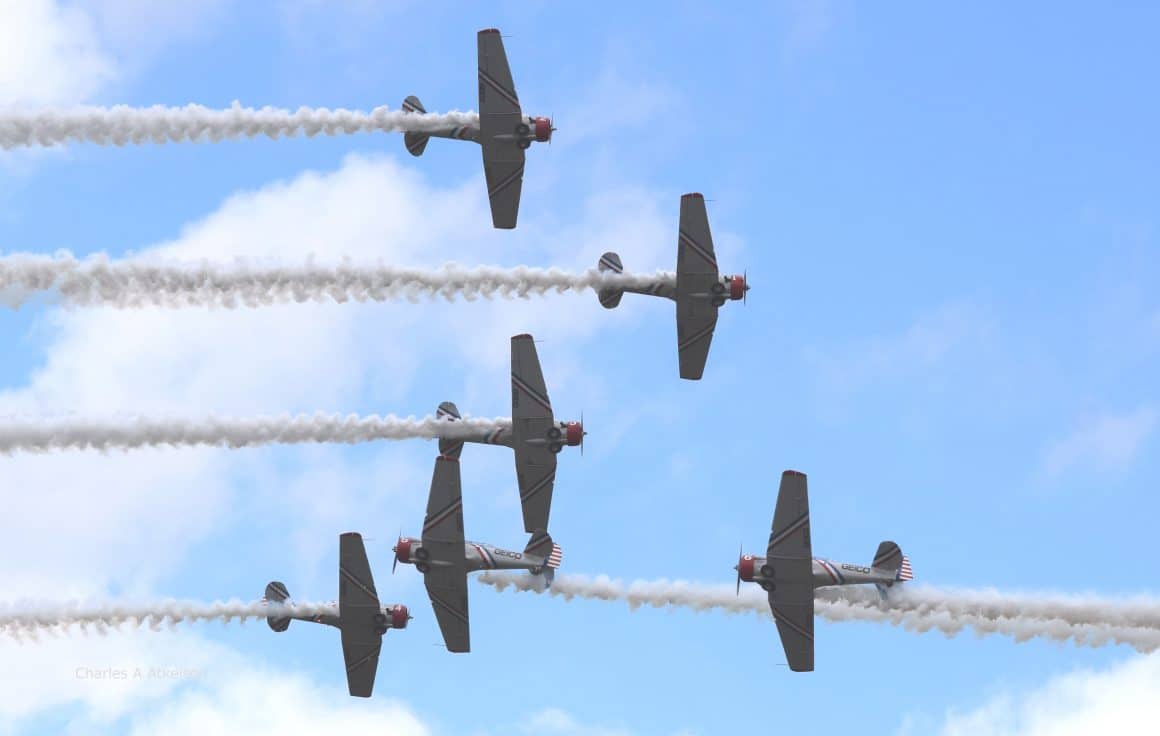
“It’s a very dynamic demo with a lot of things happening very quickly with some maneuvers a tribute to the era of the generation of these World War II airplanes,” Arken said standing in the shadow of the aircraft. “Other things are done for the spectators view like a heart or a bomb burst, and other maneuvers are tactical maneuvers which the military still uses.”
Their silver aircraft can create huge messages across the blue skies. Flying in a line abreast formation, the planes create unique messages using an environmental friendly smoke.
The aircraft can “type” 25 letters in two minutes. Each dot-matrix letter is 1000-feet in length and can allow massive messages to be read nearly 15 miles away.
In addition to performing, the Skytypers visit education centers and hospitals with their public outreach programs. The pilots and maintenance members also host student groups at the airport for a plane side discussion.
GEICO Skytypers 2021 Air Show Schedule
Apr 17-18…… Cocoa Beach Air Show, Fla.
May 8-9………. Ford Lauderdale Air Show, Fort Lauderdale, Fla
May 30-31….. Bethpage Air Show at Jones Beach State Park, NY
Jun 19-20……. Ocean City Air Show, Ocean City, MD
Jul 3-4………….. Kansas City Air Show, Kansas
Jul 17-18……… Greater Binghamton Air Show, New York
Jul 26-Aug 1… EAA Air Venture Oshkosh, Oshkosh, WI
Aug 18………….. Atlantic City Airshow, Atlantic City, NJ
Aug 28-29……. New York Air Show, New Windsor, NY
Sep 18-19…….. NAS Oceana Air Show, NAS Oceana, VA
Oct 16-17…….. Lockheed Martin Air and Space Show, Sanford, FL
Nov 6-7………… Warbirds over Monroe Air Show, Monroe, NC
(Charles A. Atkeison reports on aerospace and science. Follow his air show updates on social media via @Military_Flight.)

